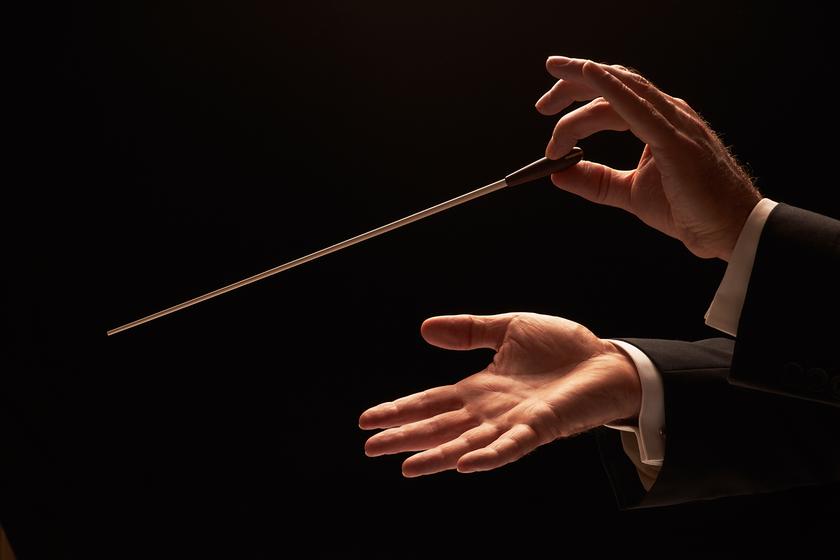- Sections :
- Crime & Public Safety
- Restaurants & Food
- Sports
- More
Remember to “Fall Back” This Sunday, Nov 7 with the End of Daylight Saving Time

THE WOODLANDS, TX — The end of Daylight Saving Time is approaching. It is that time of the year for most of the United States to set our clocks back - or “fall back” - one hour. This Sunday, November 7 at 2:00 a.m., is when you should officially set your clocks back. In March, we move our clocks forward one hour to experience more daylight hours during our normal work day and then, later in November, we set our clocks back one hour when night hours come earlier in the day.
Sometimes this process of which way to move our clocks back or forward can seem confusing. It is pretty simple though. Just remember, “Spring Forward; Fall Back' - set your clocks back from 2:00 a.m. to 1:00 a.m. this Sunday (one time, though; we don’t want you to get caught in some sort of endless time loop). Or, for added convenience, just before you go to bed Saturday night, set your clocks on items like your coffee maker, microwave, and analog wall clocks back an hour. Your devices that are tied in to the Internet (cable boxes, computers, cell phones, Echos, etc.) typically reset on their own. So change it one hour, one time. Pretty simple. Right? Remember, in March, you are moving the clock ahead one hour and this Sunday, you are bringing the time “back” to normal.
Question: Why do you think the United States adopted Daylight Saving Time? Do you think that it was primarily adopted to benefit farmers? While it may have indeed benefited farmers, that wasn’t the main reason DST was originally adopted.
The United States didn’t adopt using daylight saving time nationally until March of 1918 during World War I (and this process only affected seven months of the year). There were some states that adopted DST year 'round, though. One of the main reasons for adopting daylight saving time during the war was to conserve energy. It was later abandoned nationally at the conclusion of the war in 1919, but then was readopted again nationally during World War II. Same reason: to save energy. It was also utilized to align normal work hours with daylight hours. When it was reintroduced during the World War II, the United States adopted it for all twelve months and every state was required to recognize DST. The new legislation was eventually repealed in 1945 (again, still unpopular). But several states again started imposing their own standard times. DST was again reintroduced nationally in 1966 when Congress passed legislation setting a standard time that permanently superseded local practices.
Interesting to note is that not all US states recognize daylight saving time. There are two states that fall into this category. Hawaii (opted out in 1967) and Arizona (opted out in 1968) currently do not recognize DST and there are many states still considering doing away with the practice as well. As of this writing, there are around 33 states that have proposed legislation to abandon Daylight Saving Time, Texas being one of those states. You wonder if this would be a cool issue to add to a candidate's platform. According to an AP-NORC poll from late 2019:
* 40% yearn for standard time all year around
* 31% of Americans wanted to move to Daylight Saving Time all year around
* 28% want to keep switching back and forth
So, whether you like daylight saving time or not, make sure that you set your clocks back one hour this Saturday night just before bedtime, avoid those pesky time loops, and don’t be late for Sunday brunch (unless you are reading this blog from Arizona or Hawaii. In that case, you can sleep in an extra hour)
















